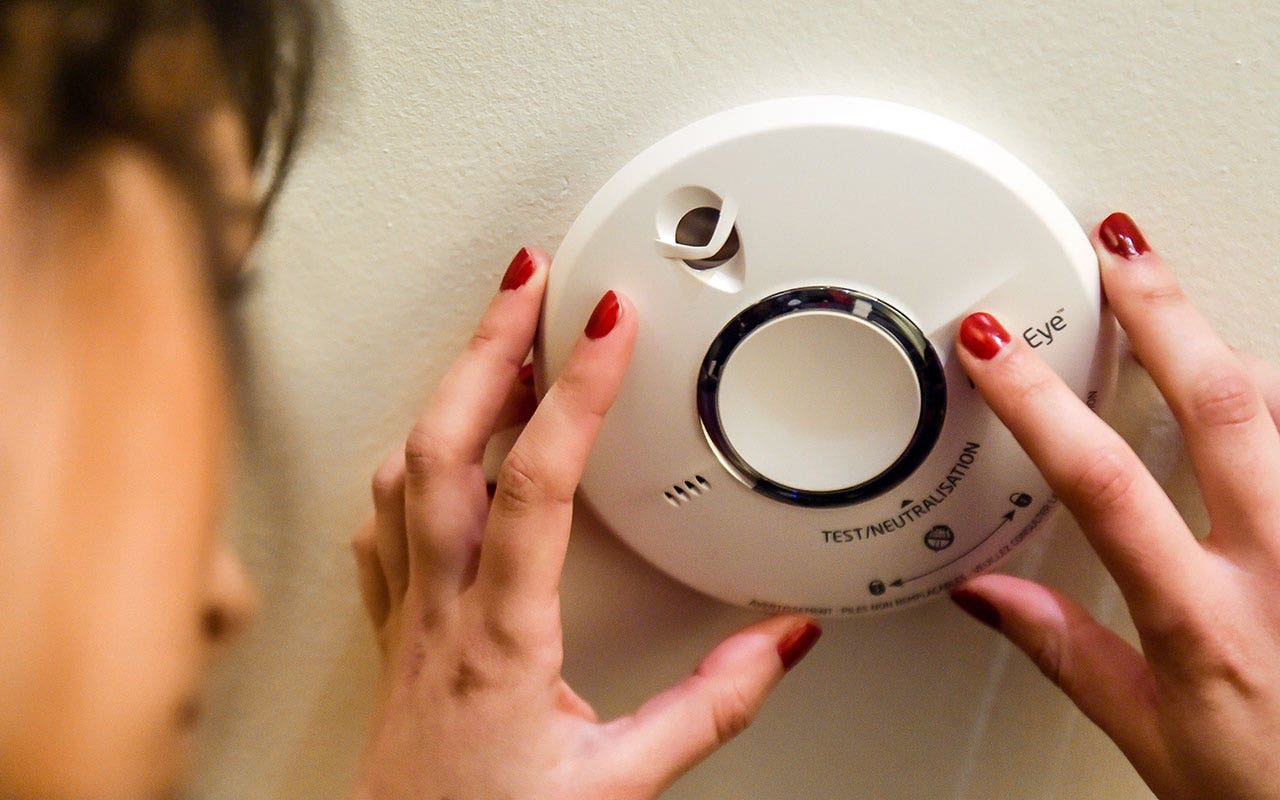Our homes are filled with everyday items that serve us well, but recognizing when it’s time to bid them farewell is key to maintaining an organized living space.
Here are practical insights into the life cycles of common household items and clothing to help you make informed decisions about when to let go.
- Household items
- Clothing
NEW YEAR, NEW STYLE: TRICKS TO HELP GET RID OF CLOTHES YOU HAVEN’T WORN
1. Household items
A regular assessment of household items ensures not only a visually appealing living space, but also one that prioritizes comfort, hygiene and efficient daily routines.
Understanding when to say goodbye to these specific household items contributes to a better living environment, fostering a functional home.
Bedding
Bedding, which encompasses everything from cozy sheets to comforting comforters, is the foundation of a good night’s sleep.
Because sheets are regularly used and washed, they tend to hold up well for about two to five years, while comforters can provide warmth and comfort for a more extended period, typically lasting seven to 10 years.
DANGERS YOU CAN’T SEE MAY BE LURKING IN YOUR UNWASHED BEDDING, SAYS STUDY: BEWARE THE ‘HEALTH CONCERNS’
Beyond the obvious signs of fading colors, pay attention to subtle clues like thinning fabric, the loss of elasticity in fitted sheets or a noticeable decrease in overall comfort.
Towels
Towels are crucial for daily use and play a significant role in our personal care.
Bath towels last well for about two to five years with regular use and washing. Rather than just following a general timeline, be attentive to specific signs that suggest it’s time for a replacement. Look out for more than just reduced absorbency; notice details like a lingering musty odor or frayed edges.
Kitchen utensils
In our kitchens, where the magic of cooking happens, kitchen utensils play a vital role in our everyday lives. These tools come in different materials, each contributing to their durability and lifespan. From stainless steel to plastic and rubber, the choice of material influences how long they’ll serve us.
Whether it’s cracks appearing on handles, rust on metallic surfaces or wear that’s impacting their functionality, certain cues tell us it’s time for a change.
2. Clothing
When it comes to our wardrobe essentials, understanding the life cycle of T-shirts, casual wear, jeans and undergarments is pivotal for maintaining a stylish and functional closet.
T-shirts and casual wear
T-shirts and casual wear typically have a duration of one to two years before signs of wear and tear become apparent.
WHEN TO GET RID OF CLOTHES: A 10-STEP GUIDE TO PARTING WITH OLD PIECES
Cotton shirts may show wear sooner compared to other materials. Indications such as fading, pilling, stretched-out necklines or stubborn stains show that it’s time to get rid of them.
Jeans
The kind of fabric, whether it’s a denim blend or 100% cotton, can affect how jeans hold up. It’s not just waiting for the clock to run out; it’s about noticing the little signs.
HOW OFTEN SHOULD YOU WASH YOUR JEANS? CLEANING EXPERTS SETTLE THE DEBATE
Watch out for wear in high-stress areas, fraying hems or a shift in style preferences as cues to let go.
And, of course, keep your own style in mind; if your taste shifts, it might be the perfect time to think about getting a new pair of jeans.
Undergarments
As the anchor of our daily clothing routine, undergarments are essential with a lifespan usually falling within six months to a year.
Elasticity loss, visible wear or changes in size are key signals that it’s time to refresh this vital part of your wardrobe.
Knowing when to say goodbye to common household items and clothing is a skill that contributes to an orderly and intentional living environment.
Remember, letting go is a natural part of life’s cycles — allowing for growth, renewal and a more purposeful living space.
For more Lifestyle articles, visit www.foxnews.com/lifestyle.












